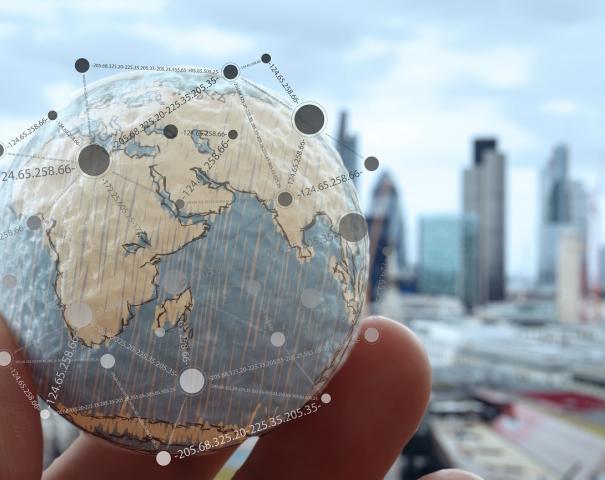Highlights of one the most interesting presentations at the EuroFinance event: the ‘Internet of Everything’, by Sree Ramaswamy from the McKinsey Global Institute.
As the internet becomes ever more important in our lives, it is progressing to become a tool for doing much more than what it is used for today. While ‘things’ are increasingly connected to the internet and usage data is being analysed towards tracking consumer behaviour, the union of the two is giving birth to better products and services and completely new business models.
From the GPS devices of the previous decades to fitness trackers on our wrists, the Internet of Things is nothing new, however, Artificial Intelligence (AI) is taking this technology to another level. This comes coupled with the fact that the price of microelectronic sensors- oscillators, gyroscopes etc. and the cost of cloud storage, where unlimited amounts of data gathered from these devices can be stored, has continued to drop. The combination of these two is likely to result in a revolution, far bigger than the ‘Digital Revolution’ that has affected our lives to an unprecedented degree. While sectors like ICT, Finance and Media have experienced a very high level of digitisation, the agriculture and construction sectors have remained almost untouched. According to a McKinsey Global Institute analysis, overall digitisation, even in the most developed economies of the world, with only 18% potential captured by the United States and 12% by Europe, has still a very long way to go. This is especially important as studies indicate that there is a link between digitisation and productivity growth. The Netherlands and Sweden being the two most digitised countries in Europe show a high degree of productivity growth as compared to France where digitisation is relatively low.
All this indicates in one direction – the potential for the Internet of Things. According to McKinsey Global Institute, from the human body to our homes, offices, vehicles, shops, factories, and cities, the Internet of Things has the potential to generate US$ 3.9 to 11.1 Trillion in value in 2025

Having said that, most of the data generated by the Internet of Things is not used. According to McKinsey, currently such data is used for real-time control and anomaly detection while there remains a huge usage scope of such data in decision making processes: prediction and optimisation. In terms of scope, there appears to be a higher value potential in B2B than in the B2C sector and while more value is likely to be generated in developed markets, the volumes generated in emerging markets will be much higher. The following are the use case types according to the McKinsey Global Institute:

Figures from McKinsey and Company show that the most digitised sectors are also the ones with the strongest corporate income gains and increased digitisation is likely to result in a wider profit spread between firms Hence while cybersecurity, concerns about privacy and confidentiality and regulation remain barriers to a faster adoption of the Internet of Things, it not only seems inevitable but also advisable for organisations to start seizing the opportunity.

